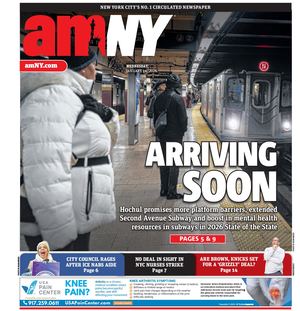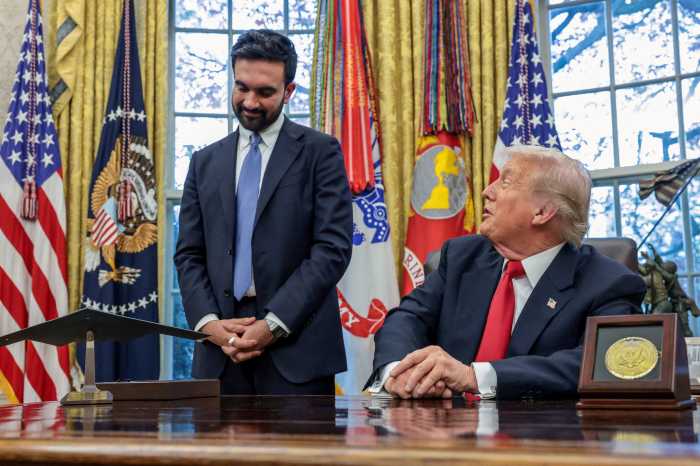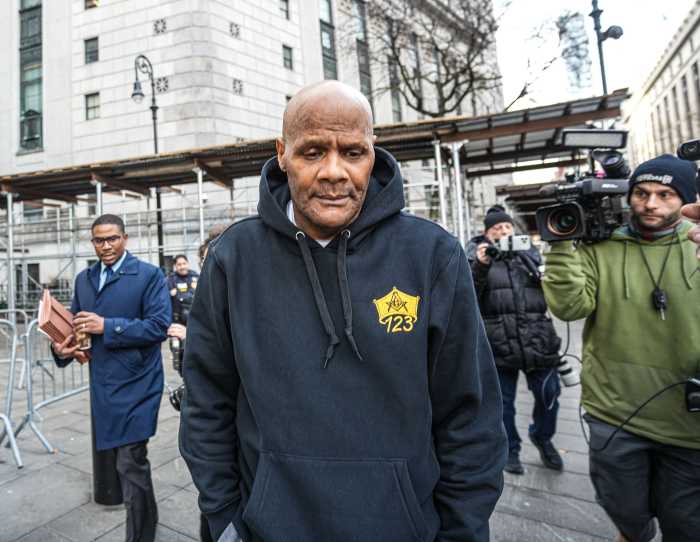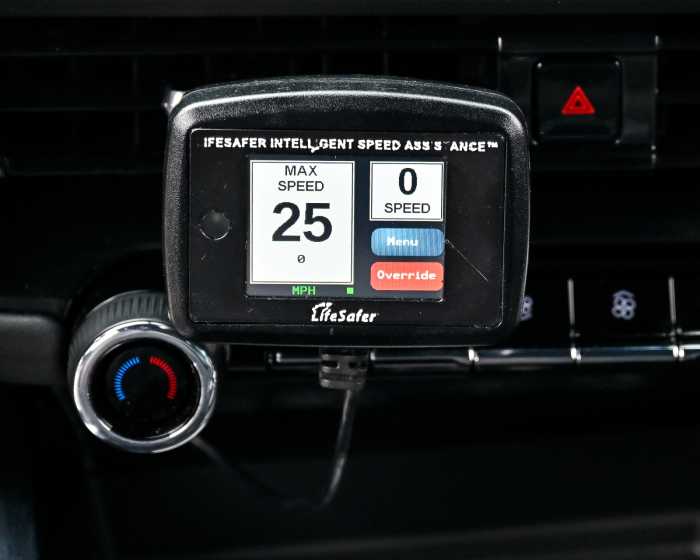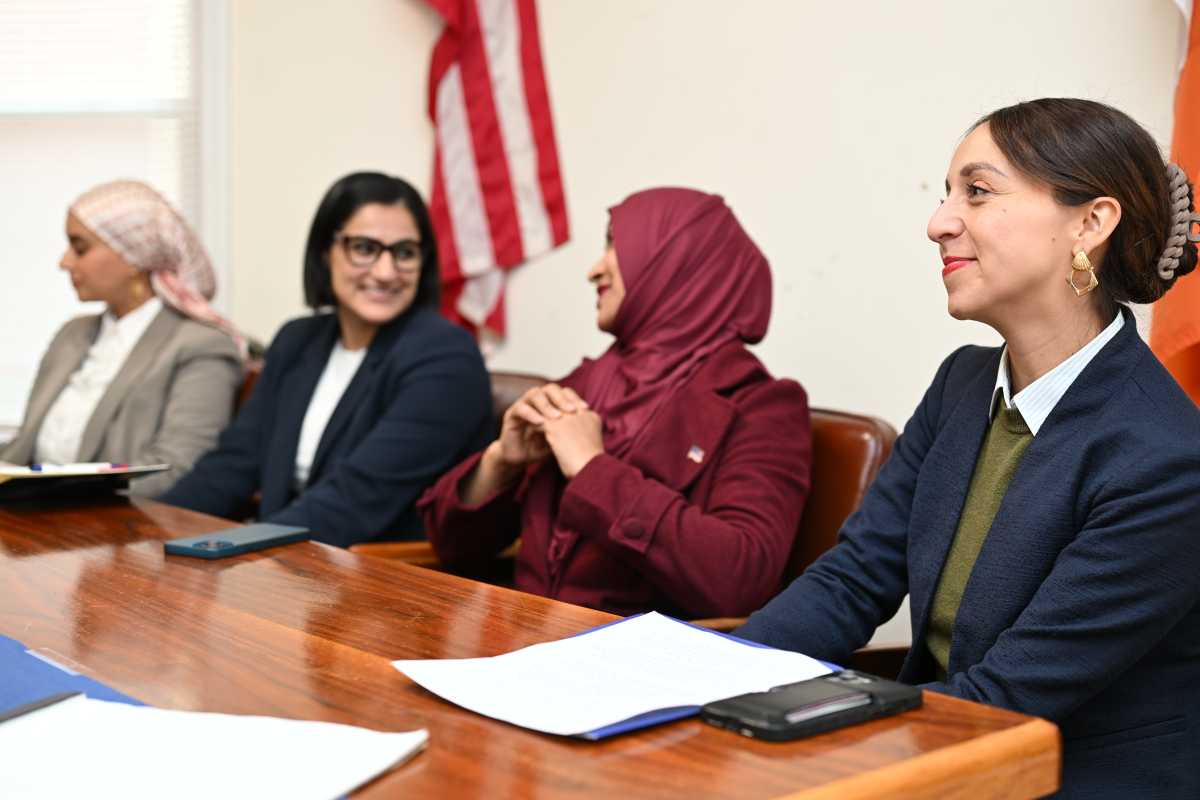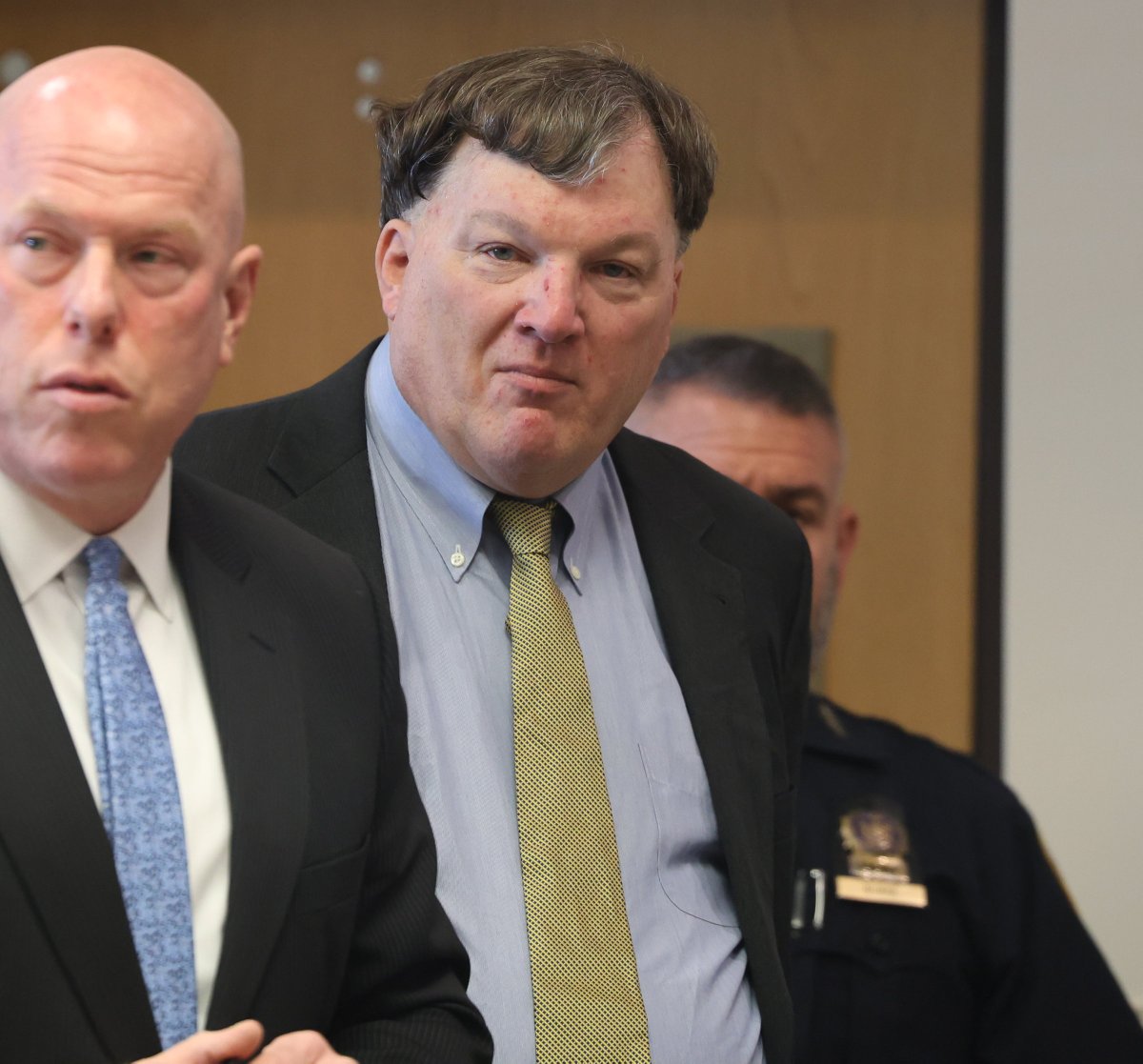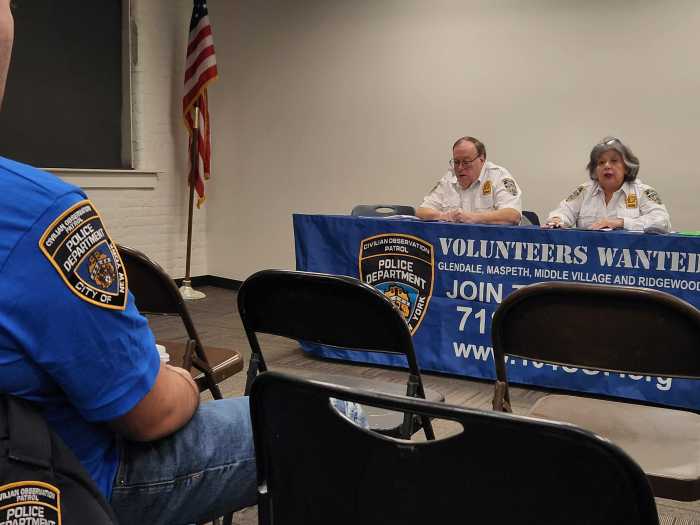
Mayor Bill de Blasio is again pushing Albany for more school zone speed cameras as the program’s expiration looms this July.
The expiration would mean pulling the plug on all existing and operating speed cameras.
With the support of the City Council, citywide elected officials and advocates, the mayor stood on the steps of City Hall Thursday to tout figures from the past several years: a 63 percent drop in speeding in camera locations, and a 23 percent drop in pedestrian injuries in those locations. The data, he said, are proof that the program has been a success and should be expanded.
“That means that the hundreds and hundreds of cars that go by that school every day will not go speeding by and risking the lives of children because those speed cameras work. We know they work, so what are we afraid of?” de Blasio said at the rally, organized by Transportation Alternatives. “There’s only one group of people who should be afraid of speed cameras: drivers who are speeding. And they should pay for that.”
After failing to push the state for more cameras last year, the administration and advocates hope the groundswell of support will move lawmakers to act — particularly in the wake of the deadly Park Slope crash earlier this month in which two children were killed after a driver ran a red light.
Both Gov. Cuomo’s proposed budget and the State Senate’s budget resolution failed to include language that would expand or extend the program that currently allows speed cameras in 140 school zones. Under the current law, the city must only operate their cameras within a quarter mile of a school on a street that abuts the school.
The state budget is due April 1, but supporters are hopeful. The State Assembly’s resolution included a proposal to extend the program until July 1, 2022, while also giving the city permission to gradually add 150 more cameras — 50 per year over the next three years. It would also alter the current law to allow the city to install cameras on any street within a quarter-mile radius of a school.
Public Advocate Letitia James and City Comptroller Scott Stringer fumed at the rally over the city’s current limitations. James pointed out that only 7 percent of city schools are covered under the current laws. Stringer complained that the state has “hijacked traffic laws.”
Polly Trottenberg, the city’s transportation commissioner, said the cameras have played a key role in helping the city reach historically low traffic deaths, bucking the national trend of increasing fatalities. She plans to meet with state lawmakers in Albany next week to advocate for more cameras.
Families for Safe Streets founding member Amy Cohen and Paul Steely White, executive director of Transportation Alternatives, described the cameras as a “vaccine” to keep children near schools safe. Cohen’s son, Samuel Cohen Eckstein, was killed when a van struck him on the Brooklyn street where he lived in the fall of 2013. He was 12 years old.
“We are left to ask every day, ‘Why did this have to happen when it could have been prevented? Why,” Cohen asked, “did our son have to pay such a high price for our leaders in Albany failing to take traffic violence more seriously?”
Rich Azzopardi, a spokesman for the governor, said in a statement: “We’ve previously signed legislation on this issue and will certainly review any new proposals they put forward.”
The office of State Sen. Majority Leader John Flanagan did not respond to a request for comment.
